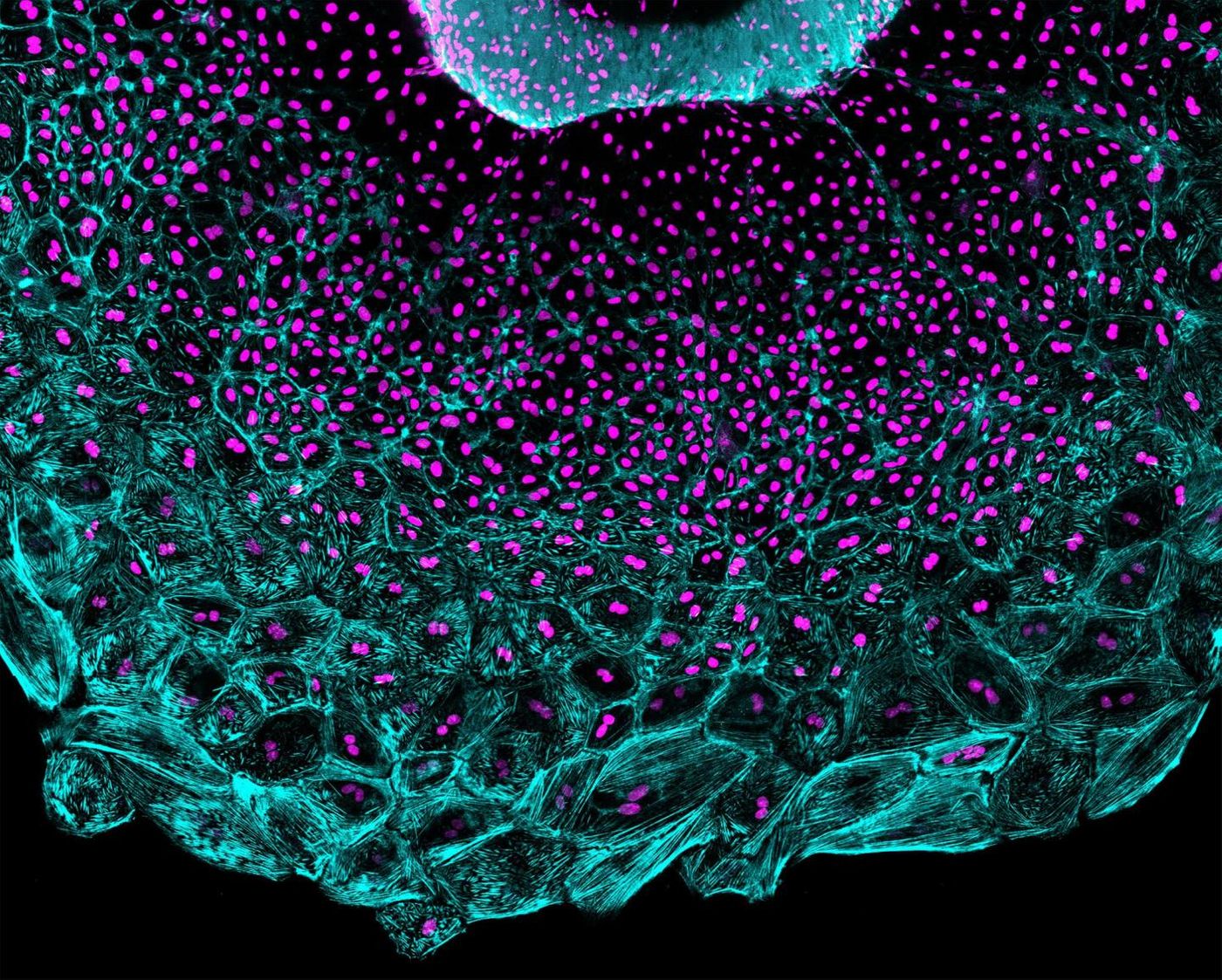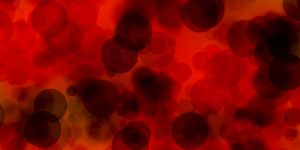The Key to Regenerative Medicine? Zebrafish
As far as regenerating damaged heart tissue, zebrafish have it all figured out. With heart disease being the leading cause of death for humans worldwide, there’s certainly a demand for the regenerative secrets of the zebrafish. In the newest study from Duke University, scientists look at the decisions cells make that ultimately lead to tissue regeneration.
Zebrafish hearts continue to beat normally after being removed and grown in the lab, perfect for a scientist studying their activity to make regeneration possible for humans. In 2015, Duke scientists being working with their “Zebrafish heart explant culture system” to study the epicardium, the outer layer of tissue covering the surface of the heart, after it’s damaged.
Researchers correctly predicted the presence of cells replicating their DNA and dividing into new cells as part of the regenerative process, but they didn’t foresee a different cell activity, which was actually happening at the forefront of the regenerative process: cells that were replicating DNA but not dividing, becoming “supersized cells.”
"Imagine you have a wound on your skin and you want to cover it as soon as possible, but you don't have enough cells," explained Jingli Cao, PhD, lead study author. "By making cells become larger, you could efficiently cover the wound. We think this tactic could increase the regenerative capacity of this population by covering the surface in an efficient manner."
Supersized cells traveled faster and had higher mechanical tension than the smaller, dividing cells that followed. Cao and the Duke team believe that mechanical tension is the power behind the ability of supersized cells to replicate DNA but not divide.
"This study is trying to understand the basic decisions cells make when they regenerate," explained Ken Poss, director of Duke’s Regeneration Next Initiative. "If there are methods we could use to guide their decisions, to determine whether they generate larger cells or more cells through division, it could be one way to influence the ability of a tissue to repair."
Cao, Poss, and the other researchers are now looking for small molecules that could boost the “regenerative capacity” of heart tissues. Could scientists manipulate mechanical tension to implore human heart cells to regenerate lost tissues like the zebrafish do?
The present study was published in the journal Developmental Cell.
Source: Duke University









